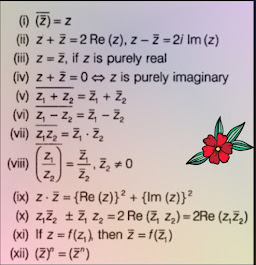Significant figures:
A physical quantity (all quantities that can be measured) is expressed by a number followed by some specific or suitable unit. Each measurement of a quantity is ab attempt to find its true and real value. The accuracy of measurement of a physical quantity depends upon following factors.
- The better quality of measuring instrument.
- skills of observer (the person who is measuring)
- The number of observations made
Example of its measurement:
For example, a boy measure the length of a note book as 19 cm using a measuring tape (used to measure length of an object). The number of scientific figures in his measured values are two. The left digit 1 is totally accurate and true but the digit 9 is doubtful for which the boy may not be sure.
Another boy measures that same note book using a ruler and claims its length 19.5 cm. Now, in this case all three figures are significant. The two left digits 1 and 9 are accurately known digits. Next digit 5 is the doubtful digit for which the boy may not be sure.
Then, another boy measures the length of that same note book and get measurement 19.456 cm using that same ruler. The number of significant figures is again three; consisting of two accurately known digits 1 and 9 and the first doubtful digit 4. The digits 5 and 6 are not significant. It is because reading of these last some digits cannot be justified using a ruler. The measurement upto third or even 2nd decimal place is beyond the limit of that measuring instrument.
An improvement in the quality of measurement by using better instrument increase the number of significant figures in the measured result. In simple words the significant figures are all the digits that are known accurately/truely and one estimated digit.
The following rules are so much helpful in identification of significant figures:
- (i) Non zero (1,2,3,4...) are always significant.
- (ii) Zeros between any two significant figures are also significant.
- (iii) Final or ending zero on the right side of the decimal fraction are most important.
- (iv) zeros written on the left side of the decimal point are not significant.
- (v) in whole Numbers that end in one or more zeros without a decimal point, the zeros may or may not be significant. in that type of case , it is not clear which zero serve locate the position value and which are actually parts of measurement. in that type of case, the observer should express the quantity by using scientific notation to find the significant zero.










0 Comments